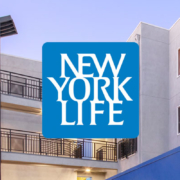Happy 25th to Century Villages at Cabrillo!
Earlier this month, we celebrated the 25th Anniversary of Century’s stewardship of the Villages at Cabrillo at the Aquarium of the Pacific in Long Beach. More than 200 guests joined us representing our myriad stakeholders that have contributed to the creation of this special community over the years. A community premised on housing and serving […]








